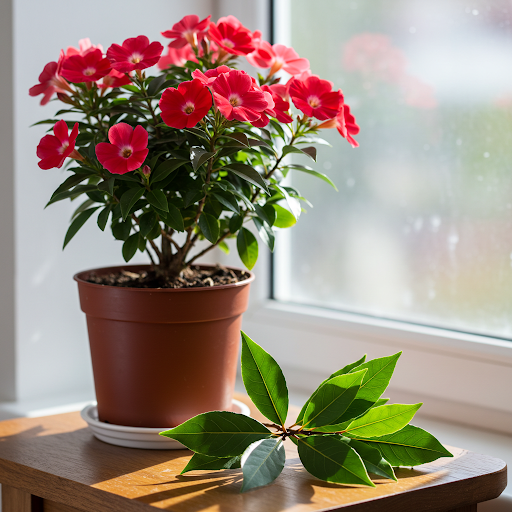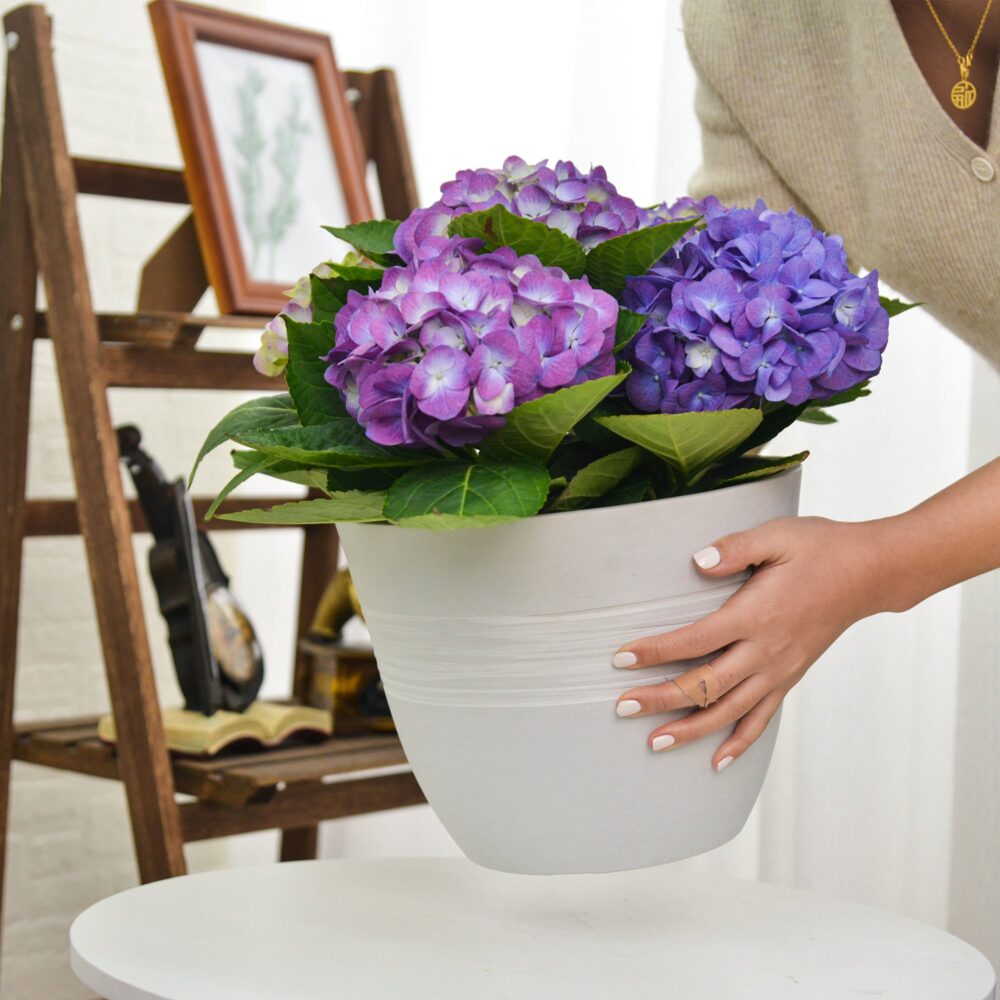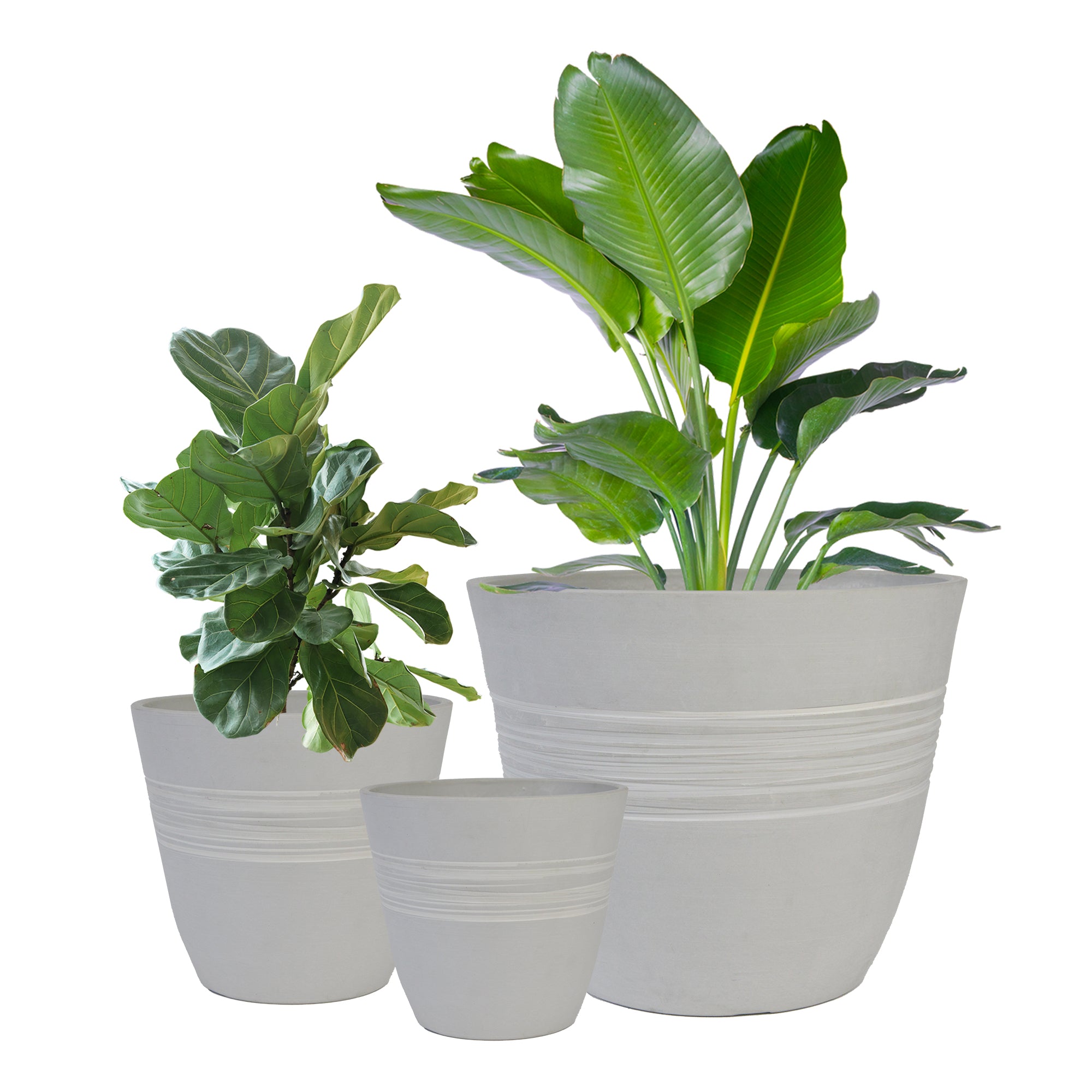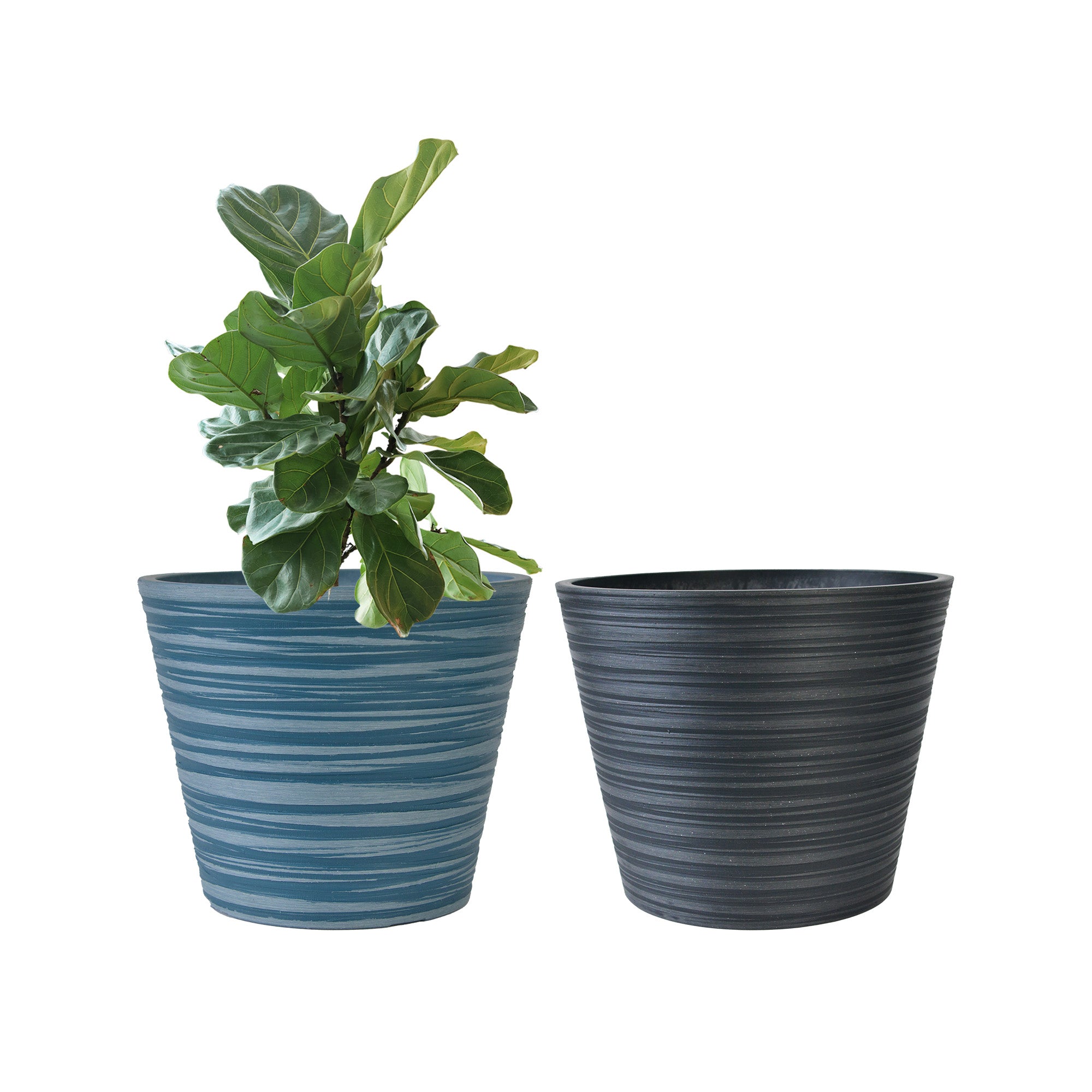Just a Touch of This and Your Flowers Will Whisper Thanks! Bring Wilted Plants Back to Life!
Seeing your beloved plants, especially your vibrant flowers, droop and wilt can be disheartening. Often, this sad state is due to nutrient deficiencies or environmental stress. But don’t give up hope! With the right care and a boost of essential nutrients, even the most seemingly lifeless plants can often be revived. One of the most effective ways to achieve this is by using homemade, natural fertilizers packed with the goodness they need. These not only promote healthy growth but can also help protect your plants from harmful microbes and diseases. In this article, we’ll show you two simple yet powerful ways to make an excellent fertilizer using bay leaves – a common kitchen staple with surprising plant-reviving properties.
Bay leaves are more than just a flavorful addition to your culinary creations. They contain potent compounds that can greatly benefit your plants by providing necessary nutrients and safeguarding them against harmful microorganisms. This natural fertilizer is rich in nitrogen, phosphorus, potassium, calcium, and magnesium – all vital for healthy plant growth. Bay leaves also possess antibacterial properties, offering your plants a much-needed boost of protection against infections.

Why Bay Leaves Work Wonders for Your Plants
Bay leaves contain several bioactive compounds, including essential oils, flavonoids, and tannins. These compounds offer plants a natural defense against diseases and pests while promoting overall health. Furthermore, bay leaves are a valuable source of nutrients that help plants thrive, grow lush foliage, and produce vibrant blooms.
Nitrogen promotes healthy green growth, phosphorus supports root development and flowering, and potassium helps regulate plant metabolism and disease resistance. Calcium is essential for strong cell walls, and magnesium plays a crucial role in photosynthesis. By using bay leaves in your homemade fertilizer, you’re providing your plants with a balanced blend of nutrients to encourage optimal growth and vitality.
Method 1: Bay Leaf Infused Water Fertilizer
One of the simplest ways to harness the power of bay leaves for your plants is by creating a natural fertilizer infused in warm water. This method allows the leaves to release their beneficial nutrients into the water, which can then be used to feed your plants.
How to Make Bay Leaf Infused Water Fertilizer:
- Gather Your Ingredients: Start by collecting some dried bay leaves. You’ll need about 3-4 leaves, depending on the size of your container and the strength of fertilizer you desire.
- Prepare the Infusion: Place the bay leaves in a bowl or container. Pour warm water (not boiling) over the leaves, ensuring they are fully submerged. Warm water helps to extract the beneficial compounds from the bay leaves.
- Let it Steep: Allow the bay leaves to steep in the warm water for several hours – ideally 4-6 hours, although letting them sit overnight also works well. The longer the leaves infuse, the stronger the solution will be.
- Strain the Mixture: After the steeping period, strain the mixture to remove any bay leaves or debris. The resulting liquid is a ready-to-use natural plant fertilizer.
- Water Your Plants: Use the bay leaf-infused water to water your plants approximately once every 30 days. It’s important not to over-fertilize – too much can harm your plants. Applying once a month should provide sufficient nutrients without overwhelming them.
This bay leaf-infused water fertilizer offers your plants the right balance of nutrients and natural protection, helping them thrive without the use of harsh chemicals. This method is particularly gentle and well-suited for reviving slightly wilted plants, including those in pots.
Method 2: Bay Leaf Paste Fertilizer
Another effective way to use bay leaves as a fertilizer is by grinding them into a paste and then mixing it with water. This method extracts even more nutrients from the leaves, providing a concentrated solution that can promote vigorous growth and protect your plants.
How to Make Bay Leaf Paste Fertilizer:
- Grind the Bay Leaves: Start by grinding 5-6 dried bay leaves into a fine powder. You can use a mortar and pestle, a coffee grinder, or any other grinding tool you have available. The finer the powder, the more nutrients will be released into the solution.
- Mix with Water: Once the leaves are ground, place the powder in a bowl and pour warm water over it. Stir the mixture thoroughly, allowing the powder to dissolve into the water.
- Let it Sit: Allow the bay leaf and water mixture to sit for several hours. This will give the leaves ample time to release their nutrients into the water.
- Strain the Solution: After the soaking period, strain the mixture through a fine-mesh sieve or cheesecloth to remove any remaining solid particles.
- Dilute if Necessary: Depending on the strength of the mixture, you may want to dilute it with additional water if you prefer a more mild solution.
- Water Your Plants: Use the bay leaf paste fertilizer to water your plants. Similar to the bay leaf-infused water, it’s best to use this method approximately once a month to avoid over-fertilizing.
This method provides your plants with a potent combination of essential nutrients, along with the added benefit of antibacterial protection, ensuring healthy and vigorous growth. This concentrated fertilizer can be particularly effective for reviving more severely wilted plants, including those in pots that may have depleted their soil nutrients.
Tips for Using Bay Leaf Fertilizer
- Avoid Overuse: While bay leaf fertilizers are beneficial, they are still a concentrated source of nutrients. Always use them in moderation, applying approximately once every 30 days to avoid overwhelming your plants.
- Test on a Few Plants First: If you’re unsure how your plants will react to the fertilizer, start by testing it on just a few plants. Monitor their growth and health before applying it to all your plants.
- Store Fertilizer Properly: If you make extra fertilizer, store it in a cool, dark place. This will help maintain its potency until you need to use it again.
Reviving Potted Plants with Bay Leaf Fertilizer
Both the infused water and the paste fertilizer methods are suitable for reviving wilted plants in pots. Ensure the soil in the pot is slightly moist before applying the fertilizer. For severely wilted potted plants, you might consider gently loosening the topsoil before watering with the bay leaf solution to improve absorption.

General Tips for Reviving Wilted Plants:
While bay leaf fertilizer can be a great aid, also consider these general tips for reviving wilted plants:
- Check Watering: Ensure the plant is getting the right amount of water. Wilting can be caused by both overwatering and underwatering. Check the soil moisture.
- Assess Light Conditions: Make sure the plant is in the appropriate light for its species. Too much or too little light can cause stress and wilting.
- Consider Repotting: If the plant has been in the same pot for a long time, it might be root-bound or the soil might be depleted of nutrients. Consider repotting into a larger container with fresh potting mix.
Conclusion
Making your own natural fertilizer using bay leaves is a simple and effective way to provide your plants with the nutrients they need to thrive. Rich in essential minerals and compounds that can protect against harmful microbes and promote growth, bay leaves offer a gentle yet powerful boost for your plants. Whether you choose to make the bay leaf-infused water or the bay leaf paste fertilizer, both methods can provide your plants with valuable nourishment, ensuring they stay healthy and strong. With these simple natural fertilizers, you can bring even the most wilted plants back to life, encouraging them to grow lush foliage and vibrant blooms.
Planter for Indoor Outdoor Plants, Set of 2 Modern Decorative Plant Pots with Drainage Hole, Decorative Flower Pots
By greenship-seo|2025-01-14T12:26:44+00:00January 14, 2025|Categories: Hand-carving Series|Tags: Decorative Flower Pots|
KC2-11V
By greenship|2024-08-16T05:39:50+00:00August 16, 2024|Categories: Hand-carving Series|
Modern Plant Pots丨Planter for Indoor Plants,8 inch or 10 inch Plant Pots with Drainage Hole,Decorative Flower Pots
By greenship-seo|2025-04-10T08:32:55+00:00January 7, 2025|Categories: Hand-carving Series|Tags: Decorative Flower Pots, Self-Watering Pots|
Plant Pots 6 inch 8 inch 12 inch for Indoor Outdoor Plants, Set of 3 Modern Decorative Planter with Drainage Hole, Decorative Flower Pots
By greenship-seo|2025-04-10T06:38:40+00:00January 16, 2025|Categories: Hand-carving Series|Tags: Decorative Flower Pots|
Planter 5 in W / 8 in W / 12 in W or Indoor Outdoor Plants, Modern Decorative Plant Pots with Drainage Hole, Decorative Flower Pots
By greenship-seo|2025-04-10T06:37:58+00:00January 16, 2025|Categories: Hand-carving Series|Tags: Decorative Flower Pots|
KC3-14A
By greenship|2024-08-16T06:26:30+00:00August 16, 2024|Categories: Hand-carving Series|






